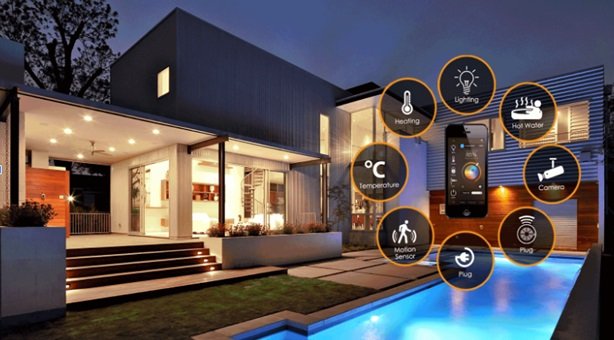
As more Australians prioritise safety and lifestyle convenience in their home choices, smart technology is becoming an essential part of modern apartment living. What was once seen as a futuristic luxury is now becoming a standard expectation for renters and homeowners alike.
In 2025, integrated smart home systems aren’t just improving how we live, they’re redefining what it means to feel secure in your own space. With real-time monitoring, biometric entry, and seamless automation, apartment dwellers now have better control over their security than ever before.
Here’s how smart home innovations are reshaping apartment safety and what you should look for when considering your next home.
Traditional lock-and-key systems are rapidly being replaced by smart locks, offering a more secure and user-friendly solution. These devices enable residents to control entry points via mobile apps or voice assistants like Google Assistant or Alexa. Some advanced systems even use geofencing to automatically lock doors when the resident leaves the area.
In apartment settings, smart locks are especially beneficial for shared entries and guest access. Temporary digital keys can be issued to visitors or service providers eliminating the need for physical keys and reducing security risks.
Shared facilities such as gyms, pools, and car parks often face unauthorized access issues. Biometric access control is helping solve that problem.
Fingerprint scanners and facial recognition systems offer a secure, contactless way for residents to enter shared zones. This technology not only prevents unauthorised access but also tracks entry logs for added transparency.
Companies like Coram AI known among forward-thinking access control manufacturers are leading the way in delivering AI-enhanced, user-friendly systems tailored for residential environments. These innovations combine high-level security with intuitive design, making them ideal for multi-tenant buildings.
Smart security cameras and sensors are now a common feature in modern apartments. These devices send instant alerts to residents’ phones whenever they detect unusual movement or a potential security breach.
From motion sensors to window and door alarms, these systems work together to offer a complete, remote-monitored security solution. For tech-savvy users, the integration with other smart home devices creates a unified, easy-to-manage system from a single app.
In premium developments, we’re also seeing the rise of centralised smart building systems. These allow individual apartments to connect with the building’s overall security infrastructure such as video intercoms, remote gate controls, or shared surveillance feeds.
For residents, this means seeing who’s at the front gate from their lounge room or letting in a guest while at work. For building managers, it streamlines operations and improves tenant satisfaction.
Smart home tech isn’t just about break-ins. Devices like smart smoke alarms, carbon monoxide detectors, and water leak sensors provide environmental safety that’s just as important.
These gadgets send real-time alerts when issues arise even if the resident isn’t home allowing quick action to prevent damage. In apartment buildings, this can be the difference between a minor leak and a major flood impacting multiple units.
As homes become more connected, data privacy becomes more important. Fortunately, most modern systems come with features like end-to-end encryption and two-factor authentication to ensure resident data is secure.
Before choosing a smart-enabled apartment, it’s worth checking whether these systems are updated regularly and comply with Australian data protection standards.
Whether you’re renting or buying, here are key questions to ensure your next home is security-forward:
Smart home technology is no longer a luxury; it’s a growing expectation in Australia’s housing market. With innovations in biometric security, remote monitoring, and access control, apartments are becoming safer, smarter, and more efficient places to live.
For anyone exploring their next apartment—especially in progressive housing markets like Sydney, Melbourne, or Brisbane—choosing a space with integrated smart tech offers not just convenience, but peace of mind.
Q: Can smart security systems be used in rental apartments?
Yes. Many wireless options are landlord-friendly and don’t require permanent modifications. Just be sure to get approval beforehand.
Q: Will these systems work during a blackout?
Most advanced systems come with battery backup or mobile network failover to maintain functionality during outages.
Q: Are these systems hard to use for non-tech-savvy people?
Not at all. Many smart home systems are designed for simplicity, with user-friendly apps and clear instructions.
Data security and system usability are key factors to consider when choosing smart home tech.
How to Stop Water Pooling Around Your House
November 11, 2025How to Unblock a Sink Without Harsh Chemicals
November 7, 2025How Often Should You Clean Your Drains?
November 7, 2025Granny Flats in Australia: A Complete Guide to Building, Regulations, and Benefits
November 4, 2025Renovation Project Checklist: Must-Have Essentials for Home Improvements
November 2, 2025